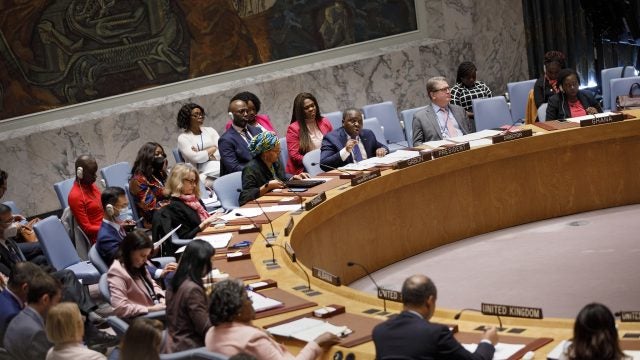
Title: Afghanistan, Pakistan and Kashmir: No Grand Bargain Here
On Foreign Policy’s AFPAK Channel, Teresita and Howard Schaffer lay out a plan for a grand bargain in South Asia, between the United States, Pakistan, India, and Afghanistan. The recommendations surprised many, specifically those aware of the authors’ extensive experience in South Asia. Their recommendations are threefold: concede Pakistani primacy in Afghanistan, hold Pakistan responsible for terrorism from Afghanistan, and settle Kashmir along the Line of Control.
While the US is drawing down from Afghanistan, the Schaffer’s plan does not present a feasible solution to America’s issues in South Asia.
First, India has positioned itself strongly for the post-2014 scenario in Afghanistan with a strategic partnership that was inked in October, with America’s blessing. India is already Afghanistan’s biggest regional aid donor. It has pledged about $2 billion in projects that include the construction of a new parliamentary building to the laying of the ‘world’s most dangerous railroad’ from Afghanistan’s mineral heartland to the Iranian port of Chabahar. The growth of Indian influence in Afghanistan challenges the notion of Pakistani primacy. President Hamid Karzai recently dismissed the question of Pakistani concern about the Indian strategic partnership by calling “Pakistan a twin brother and India a great friend”. However, In Islamabad, he promised pledge his support to Pakistan if there ever was a conflict with the United States, thus silencing his critics with a rare pro-Pakistani comment. Karzai has chosen to balance commitments to the two powers over an acknowledgement of Pakistani primacy.
Second, American threats demanding an end to nurturing terrorism have never worked before. The bitter truth remains that it was an American-funded, Pakistan-trained effort against the Soviets that helped create the terrorist conundrum that threatens to destabilize Afghanistan and the South Asian region as a whole today. If the Americans think this is solely a Pakistani problem, the Pakistanis are pretty certain they have history on their side.
It remains to be seen if the United States would ever be able to successfully pull the plug on its relationship with Pakistan vis-à-vis Afghanistan. America’s continuing dependency was proof when there was no stern condemnation after the Abbottabad fiasco in May this year. Instead, it was the Pakistani parliament that condemned the US raid as a violation of its sovereignty and threatened to disallow drone strikes.
Finally, resolving the situation along the Line of Control does not seem likely and even if it were, doing so would not resolve the conflict in Afghanistan. It is true that in the last five years or so the question of formalizing the Line of Control (the military control line demarcating the Indian and Pakistan controlled portions of Jammu and Kashmir) as an international border has not been slammed down as ferociously as it would have been a decade ago. There is even a growing endorsement of “making borders irrelevant” in Kashmir; one of the pivotal arguments in favor of the Indo-Pak trade pact, facilitating the free exchange of goods across the Line of Control. A key player in any decision-making process in Kashmir is the All Party Hurriyat Conference (APHC), an alliance of secessionist parties and leaders. The alliance has refused to recognize the Line as a final demarcation. The Obama administration has repeatedly dismissed calls (many by Pakistan) to mediate in the Kashmir issue. If the leadership does change in 2012, a smooth exit from Afghanistan will take priority over settling Kashmir- which the international community views as obsolete.
Trade-offs look perfectly feasible on paper. But when applied to states, governments and peoples; there is a whole lot that needs to be taken into account on the ground. It would also require great, risk-acceptant behavior on America’s part to flip current initiatives on its head and achieve, what is ultimately, a grandiose bargain.
. . .
Image Credit: Vikrantdhiman189381, CC BY 4.0, via Wikimedia Commons.
Sumitha Narayanan Kutty is an editorial assistant for the online section of the Georgetown Journal and a student in the MA in Security Studies Program at Georgetown University.
This is an archived article. While every effort is made to conserve hyperlinks and information, GJIA’s archived content sources online content between 2011 – 2019 which may no longer be accessible or correct.
More News

This article explores the uncertain future of Arctic governance amid shifting global geopolitics. It argues that whether Washington and Moscow opt for confrontation or cooperation, multilateralism in the Arctic…

Twenty-five years ago, the United Nations Security Council adopted Resolution 1325, establishing a framework that underpins the Women, Peace, and Security (WPS) Agenda. The Resolution recognized both the…

When we analyze conflicts in the Middle East, we are not analyzing conflicts with isolated impacts but risks for global energy security. Recent conflicts in the Middle East have highlighted…